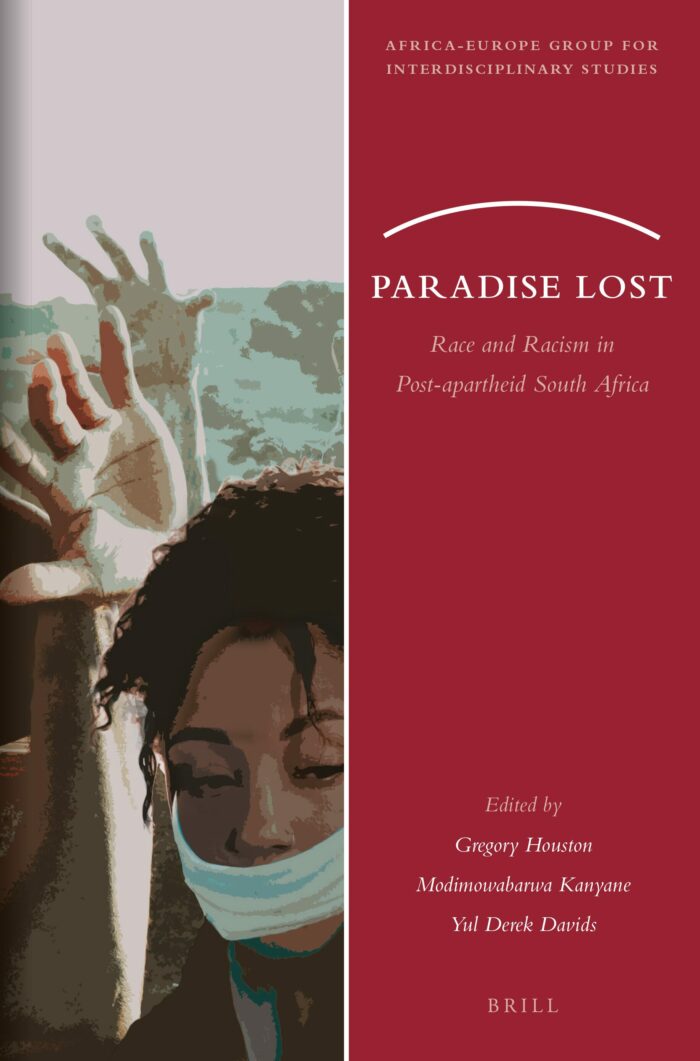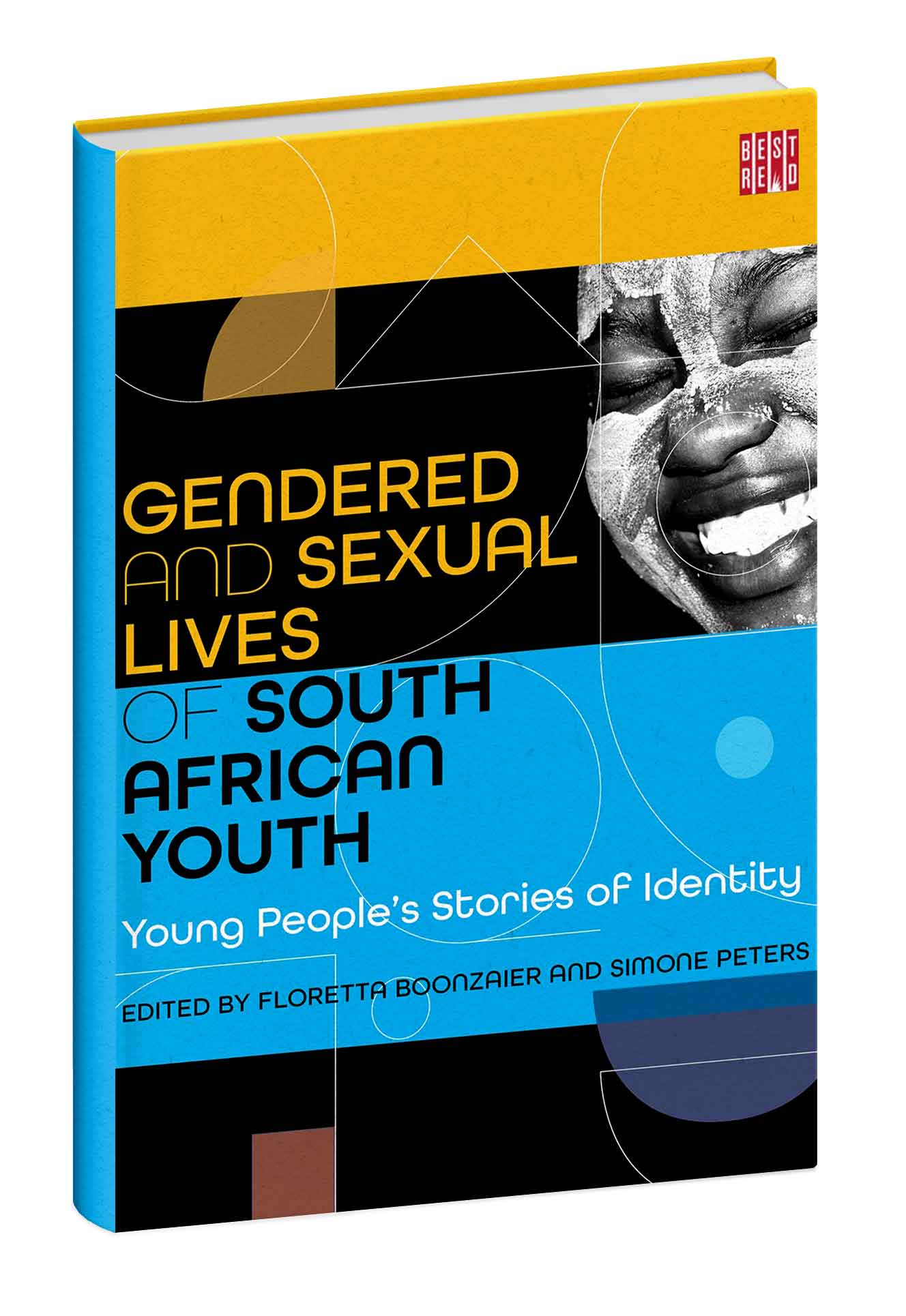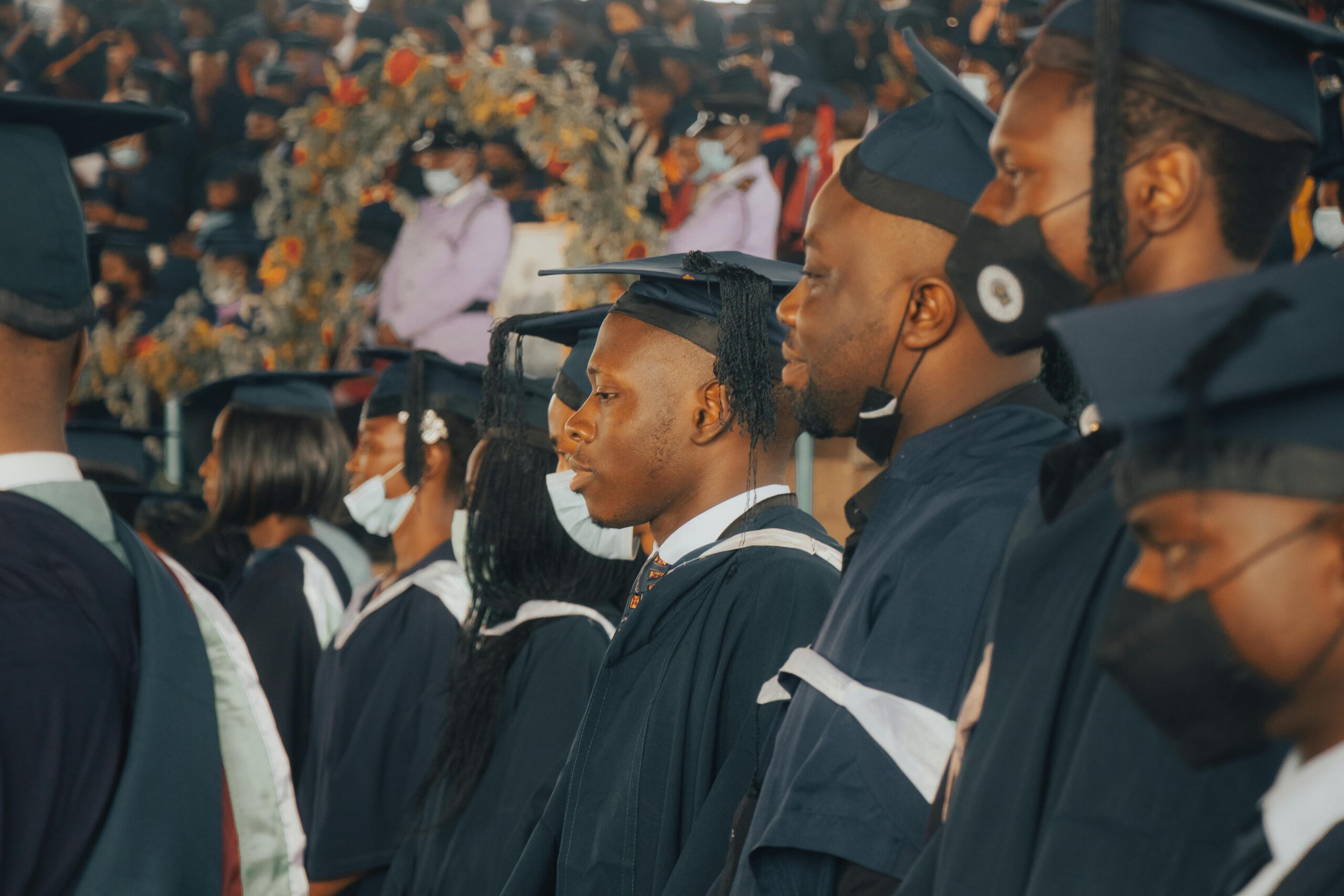
In June 2022, Brill Publishers released Paradise Lost: Race and Racism in Post-apartheid South Africa, co-edited by HSRC researchers Gregory Houston, Yul Derek Davids and former HSRC researcher Modimowabarwa Kanyane. This arose out of an HSRC project focusing on why race remains so salient and racism so pervasive after almost three decades of democratic rule. Gregory Houston and Yul Derek Davids outline the content of the book.
The central concept explored in the recently published book Paradise Lost: Race and Racism in Post-apartheid South Africa is that racism persists in the post-apartheid era because of the loss of privilege for some sectors of society, and the failure of the post-apartheid government to deal with issues of race and racism adequately. The chapters draw from the history of apartheid, theoretical debates on race, qualitative and quantitative accounts of experiences of racism, and quantitative studies of attitudes towards race to describe and explain this situation.
Race and racism
Two premises on race and racism are held in common by all of the authors. The first is that ‘race’ has no basis in biology, and that it has been scientifically proven that the genetic differences between people are too small to justify grouping humans into ‘race groups’ or tying these differences to inherent capabilities. The second premise is that the reality for most South Africans is that race is a lived experience, largely consequent to a lengthy process during which “the core function of institutions … was to produce identities of superiority and inferiority” (Soudien & Botsis 2011: 90) based on race.
Order of items and central concerns
In the foreword, Crain Soudien, former chief executive officer of the HSRC, highlights the lack of frameworks to describe the effects of racism on people as one of the problems which the volume attempts to resolve.
The other chapters in the volume are divided into the three thematic areas as outlined below.
White privilege and the racialised power structure
In Chapter 2, Gregory Houston tracks the evolution of white privilege and the creation of a racial hierarchy. He concludes that the history of South Africa is characterised by processes through which white dominance left a legacy of white privilege, and a racial hierarchy in which some race groups better enjoy society’s benefits than others.
One attempt to change the racial power structure in the post-apartheid era was by introducing legislation and policies aimed at racial redress as well as racial discrimination. In Chapter 3, Alexis Habiyaremye locates one of these policies, black economic empowerment, at the centre of the process in which race is used to incorporate a black elite into the ‘monopoly capitalist class’, largely dominated by whites.
Catherine Ndinda and Tidings Ndhlovu also focus on policies to transform the economy in Chapter 4, in this case, affirmative action in employment. They draw on data from employment equity reports to illustrate the extent of gender and racial transformation in the South African workplace and conclude that only certain categories of women have benefitted from the transformation.
In Chapter 5, Neo Lekgotla laga Ramoupi examines racial exclusion from academic positions at universities as a consequence of government policies in the apartheid era and racial discrimination in the post-apartheid era. Case studies highlight significant incidents at South African universities where black academics have been individually targeted to prevent a challenge to white privilege in these institutions.
Konosoang Sobane, Pinky Makoe and Chanel Van der Merwe argue in Chapter 6 that the South African education system continues to maintain features of a racialised past, characterised by the institutionalisation of English and Afrikaans as languages of learning and teaching in higher education, to the exclusion of the other nine official languages. The authors draw on the experiences of students to demonstrate how university language policies affect them.
Manifestation of racism in post-apartheid South Africa
In Chapter 7, Thobeka Zondi, Samela Mtyingizane, Ngqapheli Mchunu,Steven Gordon, Benjamin Roberts and Jare Struwig use data from the HSRC’s South African Social Attitudes Survey (SASAS) to look at how patterns of reported discrimination by race (population) group have changed over the period 2003–2018. They investigate both personal and collective experiences of racial discrimination, providing important insights into the practice of modern racism.
In the next chapter, Yul Derek Davids, Benjamin Roberts, Gregory Houston and Nazeem Mustapha use data from the 2012 SASAS survey to examine perceptions of the causes of poverty among the various race and class groups. Their study reveals the persistence of racial stereotypes in the understanding of causes of deprivation.
Chapter 9, written by Aswin Desai, seeks to uncover individual forms of racism in how Cricket South Africa has approached issues of racial representation in national cricket teams. Drawing from the recent report of an independent inquiry into the causes, nature and extent of racism in cricket, Desai illustrates how perceptions of ascribed racial capabilities in sport and of certain sports as white spaces, as well as political pressure to transform sport in post-apartheid South Africa, make racial discrimination a key feature in national sports in several ways.
In Chapter 10, Steven Gordon considers how cues from trusted elites inform popular attitudes on immigration. He dismisses the argument that these cues, as well as economic factors, are the main causes of xenophobia, and places race and racism in a racialised society at the centre of the issue. He argues that interracial conflict appears to have a significant impact on South Africans’ attitudes towards foreigners, and goes a long way to explaining why some groups are less welcome than others.
Race and identity in South Africa
The third part of the book explores the significance given to racial identity in post-apartheid South Africa. In Chapter 11, Natasha van der Pol, Zaynab Essack, Melissa Viljoen and Heidi van Rooyen examine the internal conflict and discomfort faced by mixed Indian/white youths in having to decide which race they belong to in what is supposed to be a non-racial South Africa. When asked about their race, they have to decide whether to respond by saying they are white or Indian, pretending to be foreign, opting for a ‘coloured’ identity, or refusing to identify with a race.
Chapter 12 by Joleen Steyn Kotze draws from an empirical survey conducted among students at six South African universities to assess values and perceptions of whether their quality of life had improved since the first democratic elections in 1994. Steyn Kotze finds that racial identity is becoming stronger among young South Africans, and that there is increasing identification of individual opportunities and constraints with the race group to which individuals belong.
In Chapter 13, Luvuyo Dondolo explores the impact of colonial and apartheid monuments, such as the Paul Kruger Statue in the Church Square heritage precinct in Pretoria, on racial identity in post-apartheid South Africa. He argues that the Paul Kruger Statue symbolises the sociocultural, political and economic identities that paved the way for the formation of the Boer Republics, the apartheid ideology and the consolidation of racial segregation in South Africa.
In Chapter 14, Modimowabarwa Kanyane explores several developments since 1994 that are linked to racism in the post-apartheid era from the perspective of decoloniality. The author concludes that the only way to bring about the erasure of race is by decolonising the mind to deal with complex issues such as transformative justice robustly, as well as to promote national reconciliation and unity.
Target audience and availability
The book is intended for academics from a range of disciplines, including African studies, political science, economics, contemporary history, sociology, and education, and would also be useful for the general public from all walks of life who are interested in issues of race and racism, inequality, social justice, non-racialism and transformation in the South African context. It is available in paperback and electronic format. For more information or to purchase the book, click here.
Contact:
Dr Greg Houston is a chief research specialist in the HSRC’s Developmental, Capable and Ethical State research division and a research fellow of the history department at the University of the Free State.
Dr Yul Derek Davids is a research director in the HSRC’s Developmental, Capable and Ethical State research division and an advisory member in the Department of Applied Legal Studies at the Cape Peninsula University of Technology.


